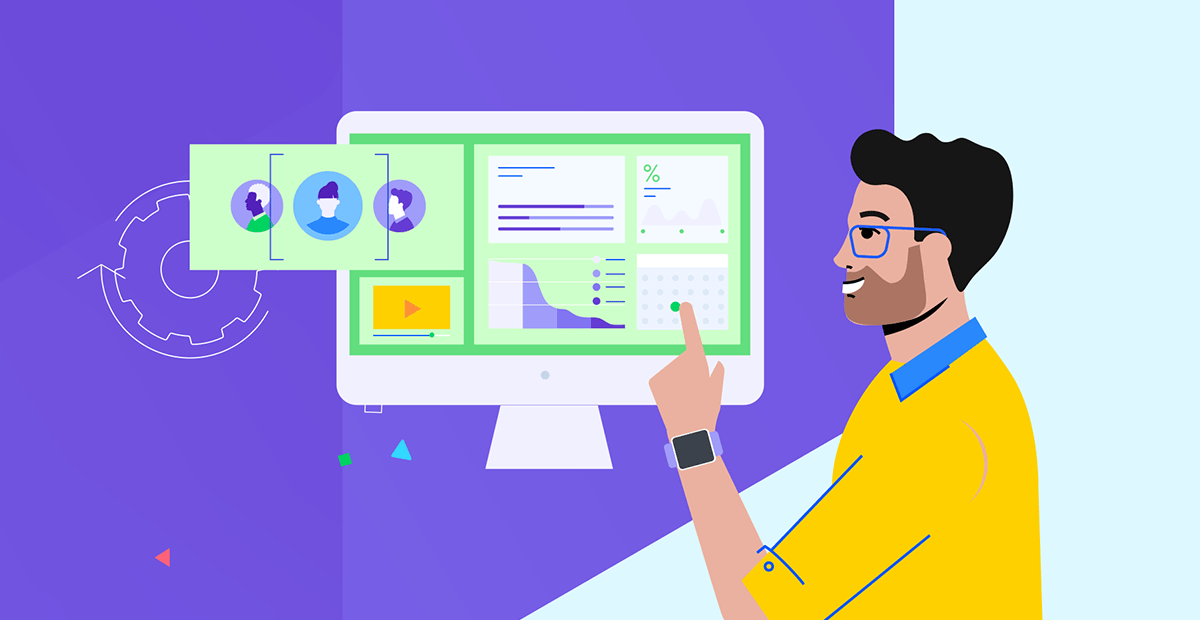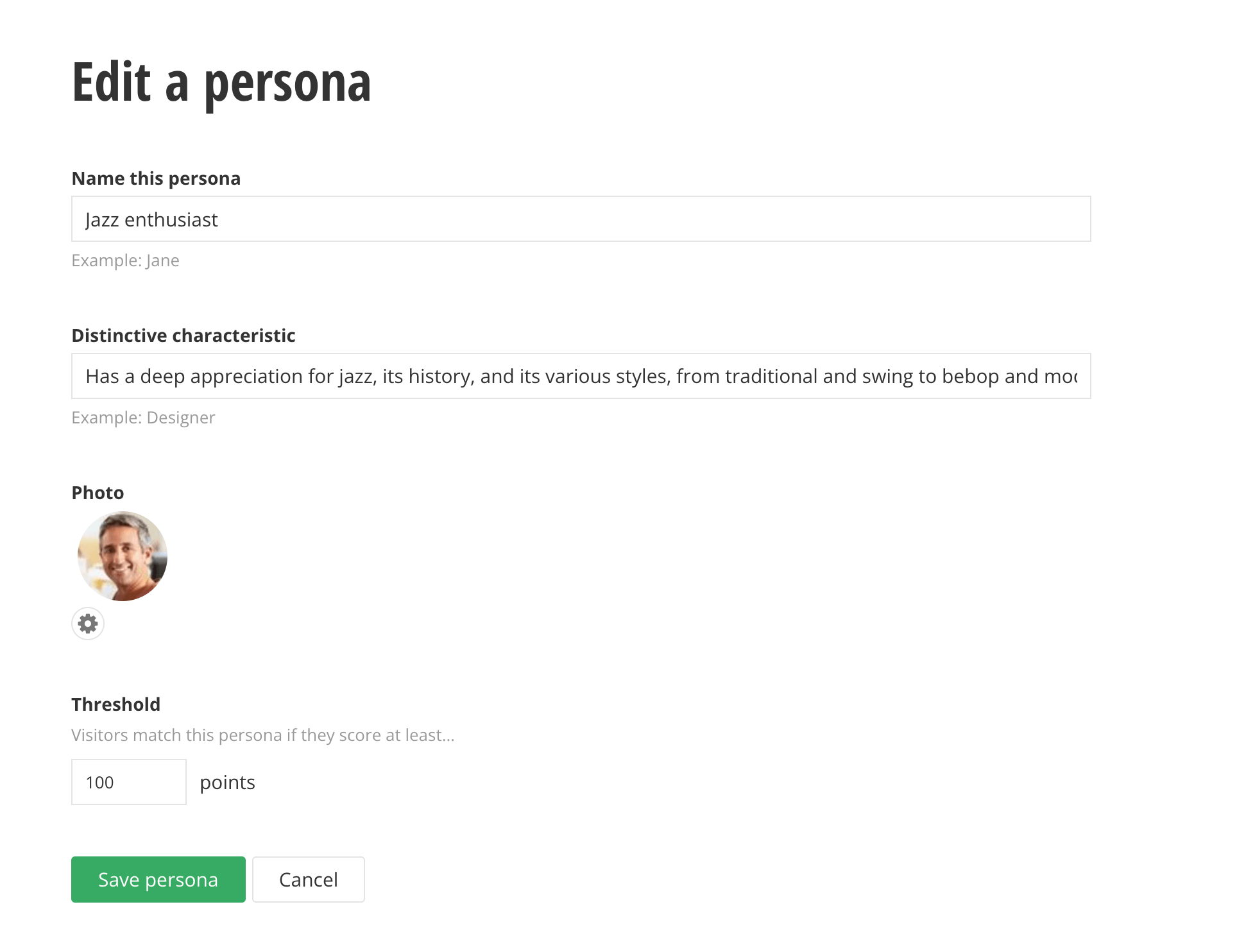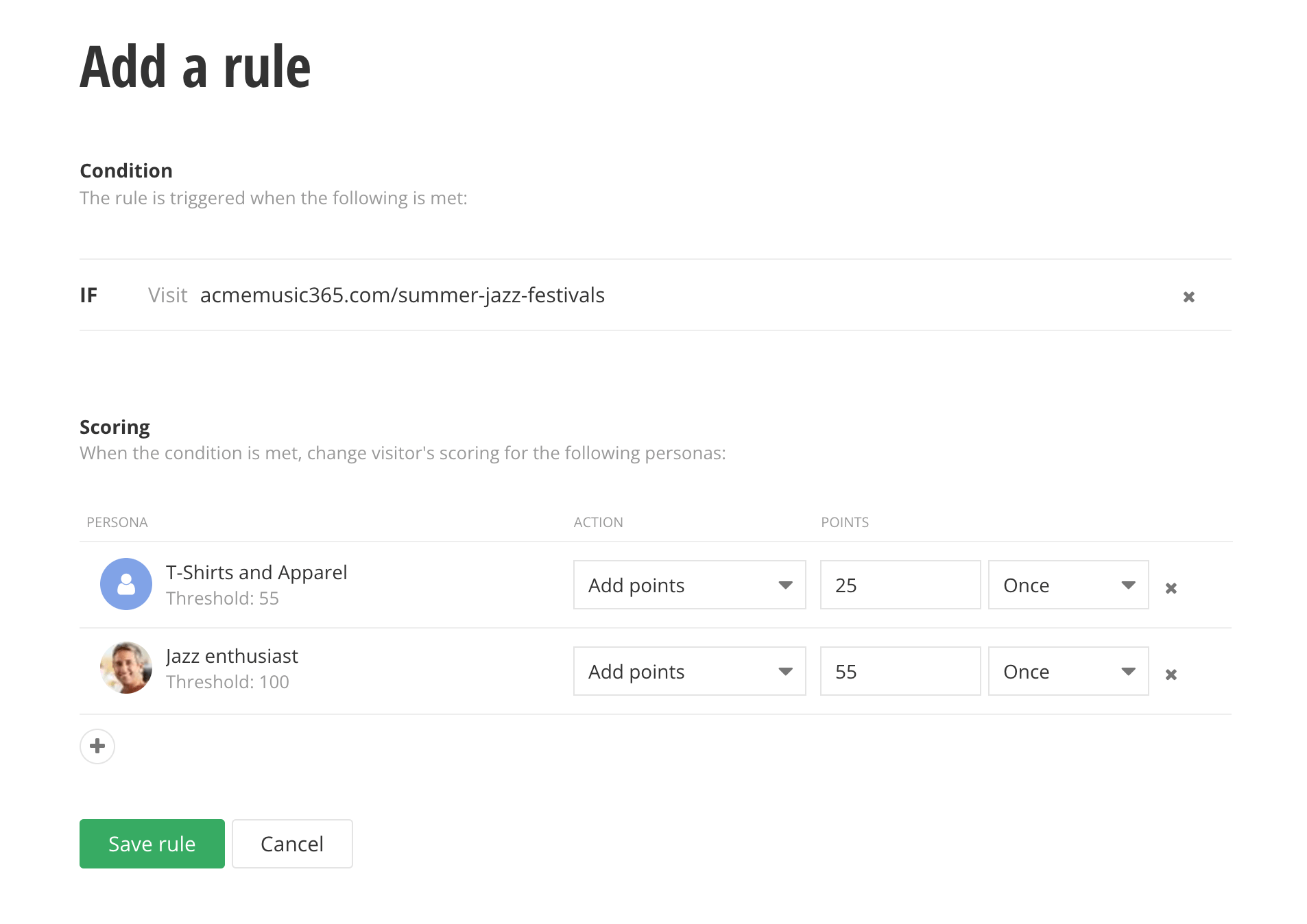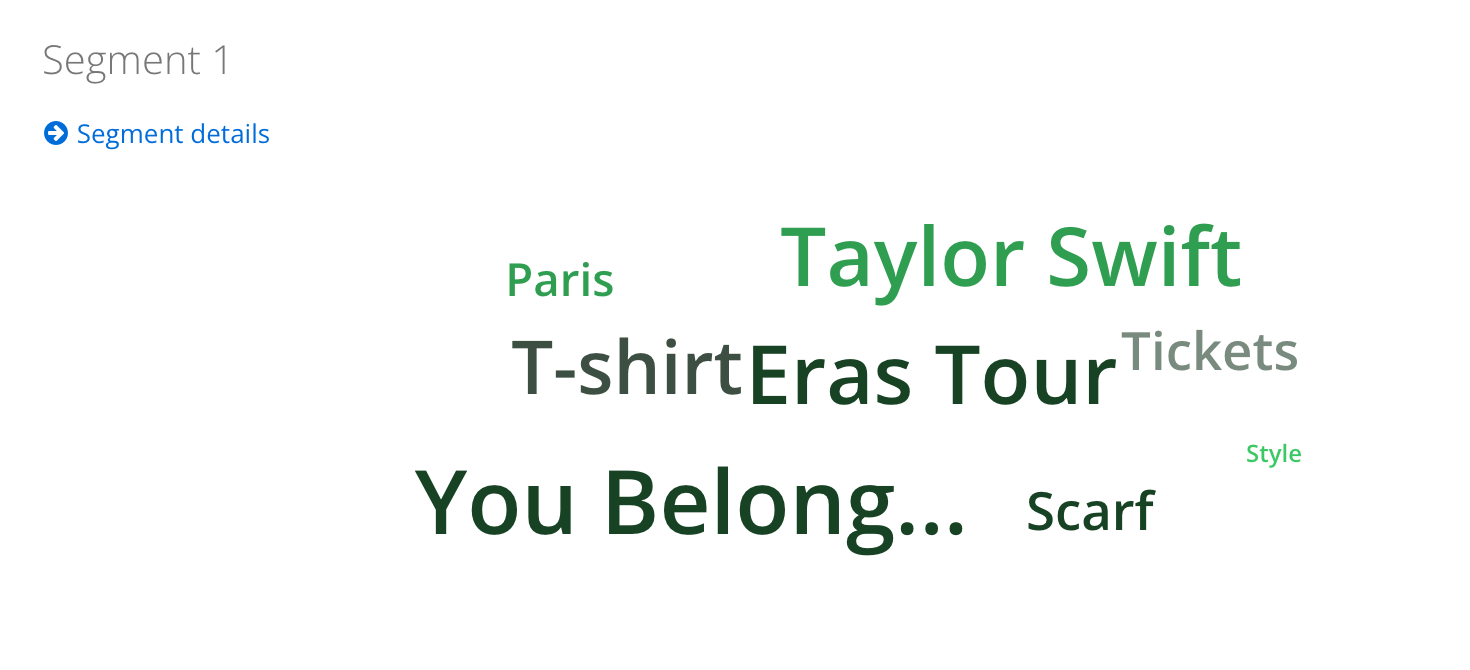Personas, Segments, Attribution. How to Make Your Customer Data Work for You

Many marketers have yet to explore personalization despite it being widely discussed. Creating content that caters to individual users' unique preferences, behaviors, demographics and past interactions can significantly enhance user engagement and satisfaction. However, achieving this requires preparation and consistency.
So, let’s start from square one and see how defining personas, audience segments, keeping an eye on key assets (touchpoints) and diving into customer data can help you reduce content wastage and improve marketing ROI.
Let’s assume that you operate the world’s biggest band merchandise site. It is a very competitive market, like many other industries—from B2B to financial services. Some, if not all, of the examples and steps below are also applicable to other use cases or verticals: manufacturing, education, government and healthcare. Yes, your audience’s needs will vary, but the challenge associated with connecting and building lasting relationships with your customers will remain.
Let’s start by defining our personas.
What Are Personas?
A persona is a fictional character representing a user type who might use your site or interact with your brand in a similar way. Are there any site users who might be interested in specific products or services you offer?
On your band’s merchandise website, for example, visitors interested in pop, rock, or classical music merchandise represent different personas.
So, let's define the persona by adding some basic information...

It is worth noting that your visitors might have the characteristics of multiple personas. So, anyone who interacts with the "Jazz Summer Festivals" page will be awarded points towards the threshold for one or more personas (in this case "Jazz Enthusiasts" and "T-shirt and Apparel"). Note that we are awarding more points towards the Jazz Enthusiasts persona, but many of us might also be interested in getting a Louis Armstrong t-shirt for that upcoming tribute.

Personas will not necessarily overlap entirely with your ideal customer profile. However, the closer the match, the better.
What Are Audience Segments?
An audience segment is a specific group of customers targeted on shared characteristics or behaviors. So, who among all your customers would you want to contact regarding a particular offer? Think about sending a t-shirt offer to those of your site users who have expressed interest in, say, Taylor Swift merchandise, live in a specific area and are likely to attend the upcoming show in town. Let's look at the how Progress Sitefinity Insight can help you discover audience segments that you can offer specific products and information to. In this case, Sitefinity Insight's AI has identified potential visitor segments based on content usage such as site search.

Audience segmentation increases the chances of better engagement and more sales. You can export your segment data or feed it to your email marketing software to proactively reach potential shoppers.
What Are Touchpoints?
A touchpoint is any interaction or point of contact between your brand and your customers. Your homepage and the “Contact Us” page are touchpoints. Touchpoints are essential parts of the customer journey.
To continue with the examples above, as part of your campaign to promote Taylor Swift merchandise, you will most likely create several landing pages and use different channels to drive traffic—organic, paid, social, email.

Your next step is to look into who interacts with specific pages or resources, where they come from and where they go next.
What different touchpoints (and channels) contribute to the success of your campaign will determine your future campaigns, budget allocation and overall marketing strategy. You may find out that organic traffic converts the best, but your email channel generates the most revenue per user. Improving SEO may take time, while running an email campaign generally requires less time to plan and execute.
What Is a Conversion?
A conversion is when visitors complete a desired action, such as contacting sales, downloading a whitepaper, signing up for a webinar or subscribing to a newsletter.
Getting back to our merchandise shop example, you will want to pay close attention to how many people who came from a specific channel bought that Swifty scarf... or at least signed up for your newsletter. Once you know these numbers, it is easy to gain a holistic view of your campaign performance and pull the plug on channels that contribute little to the bottom line, saving marketing dollars and reducing content wastage.
Looking at the screen below, you might notice that the conversion rate displayed is fairly low, prompting you to revisit your newsletter signup experience.

Once you’ve isolated performing and non-performing channels and touchpoints, you can follow up with personalization and A/B test different messaging, design layout and even the number of fields on the “Contact Us” form to try to improve your success rate. Yes, in most cases reducing the number of form fields leads to improving conversions. That’s why many online retailers have adopted the “one-click checkout” method.
What Is Attribution to Conversion?
Are blogs, product pages, emails or pay-per-click (PPC) the ones that generate the most leads? Or webinars, whitepapers and social posts? Progress Sitefinity Insight can help you identify which tactics influence consumers to make a purchase or take action.

There is always this friendly rivalry between demand generation and product marketing—who, or what should get credit for a successful conversion? Is it the organic visit or the first time someone saw your Instagram post? Maybe it was the retargeting campaign or the email reminder that prompted a visitor to complete a purchase.
Using attribution lets you zoom in on the details and prioritize content updates, design changes and marketing initiatives based on performance. We cover different attribution models in another blog post. Check it out.
Where to Go From Here?
We outlined some foundational elements in your data-driven marketing journey. Setting up personas, customer segments and measuring campaign performance is easy with Sitefinity Insight and requires little to no help from your IT team.
For more adventurous marketing, the next leg in the journey would be to feed more customer data to your CDP platform and use it to further sharpen your targeting and messaging. Here is a hint: Have a look at the Sitefinity Integration Hub.
You don’t need to integrate a thousand data sources. Three to five is all that is needed to cover as much as 75% of all personalization scenarios. Let us know if you need a tour of the Sitefinity Integration Hub—we will be more than happy to show you around.
Start by defining goals for your data-driven marketing strategy. The rest will follow.
P.S Join our Sitefinity Insight Ask Me Anything series on LinkedIn with your questions.

Alexander Shumarski
Related Tags
Related Articles

Latest Stories in Your Inbox
Subscribe to get all the news, info and tutorials you need to build better business apps and sites